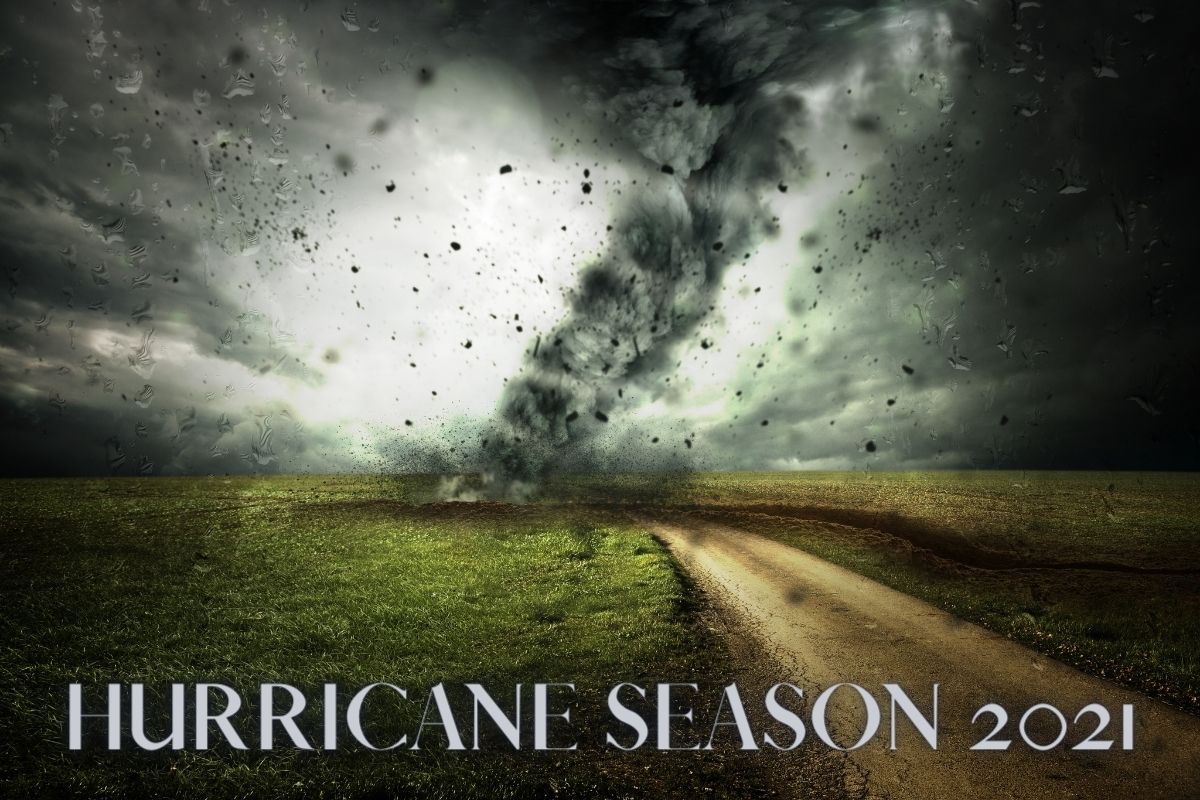After eight hurricanes slammed into the U.S. coast during the 2021 Atlantic hurricane season, it is finally done. According to the National Hurricane Center, 2021 will go down in history as the third-busiest year for tropical cyclones ever, with a total of 21 named storms.
This year’s season had a few notable changes, including the following-
Storms Killed People And Caused A Lot of Damage-
The 2021 Atlantic season is expected to be one of the most costly in history, despite continuing repairs and recovery efforts.
The National Oceanic and Atmospheric Administration estimates that Hurricane Ida caused $60 billion in damages, making it one of the five most expensive US storms since 1980.
In the aftermath of Ida’s devastating storm surge and powerful winds, the mid-Atlantic region was devastated by catastrophic floods, and the storm remained hazardous and deadly for about 1,000 miles.
In Louisiana, 26 people were killed by Ida, while at least 50 people were killed in the Northeast.
There were four storms that each cost more than $1 billion, according to NOAA: Elsa (in July), Fred (in August), Nicholas (in September), and Ida (in August and September).
Again, we ran out of ideas.
After Wanda was called in early November, meteorologists ran out of names for the cyclones for the second year in a row because of the high number of named storms.
For the first time in two years, forecasters have used up the first list of names from the World Meteorological Organization.
The National Oceanic and Atmospheric Administration (NOAA) reports an average of 14 named storms every year. The last time analysts ran out of names before 2020 was in 2005.
Must Read-Florida Outrages At Biden’s Plan To Delist FARC From List Of Foreign Terrorist Organizations.
An Early Start To The 2021 Season-
For the sixth consecutive year, before the official start of the season on June 1, a named storm formed, the 2021 hurricane season maintained a pattern of abnormally early cyclones.
On May 23, a tropical depression named Ana developed north of Bermuda.
After nine new named storms developed in September: Larry, Mindy, Nicholas, Odette, Peter, Rose, Sam, Teresa and Victor, the last two months of the season were rather calm.
Changes in climate are an element of the dynamic-
According to NOAA’s Climate Prediction Center’s lead seasonal hurricane forecaster, Matthew Rosencrans, “Climate factors including La Nia, above-normal sea surface temperatures earlier in the season, and above-average West African Monsoon rainfall were the primary contributors to this above-average hurricane season.
“The global proportion of tropical cyclones that reach very intense (category 4-5) levels, along with their peak winds and rainfall rates, are expected to increase with climate warming at the global scale,” the NHC said in an assessment report released in August by the Intergovernmental Panel on Climate Change.
Read More-Over 50 Got Killed In Siberian Mine Explosion, As Negligence And unsafe Practices Continue.
Only Two Years In History Have Been Busier Than This One-
Only the busy 2005 season (which had 27 named storms and one unidentified storm) and the record-breaking 2020 season (which saw 30 named storms) are busier than the active 2021 season.
Read More-Ted Cruz’s Jibe On Newsom’s Mexico Vacation Backfires.

Leave a Reply